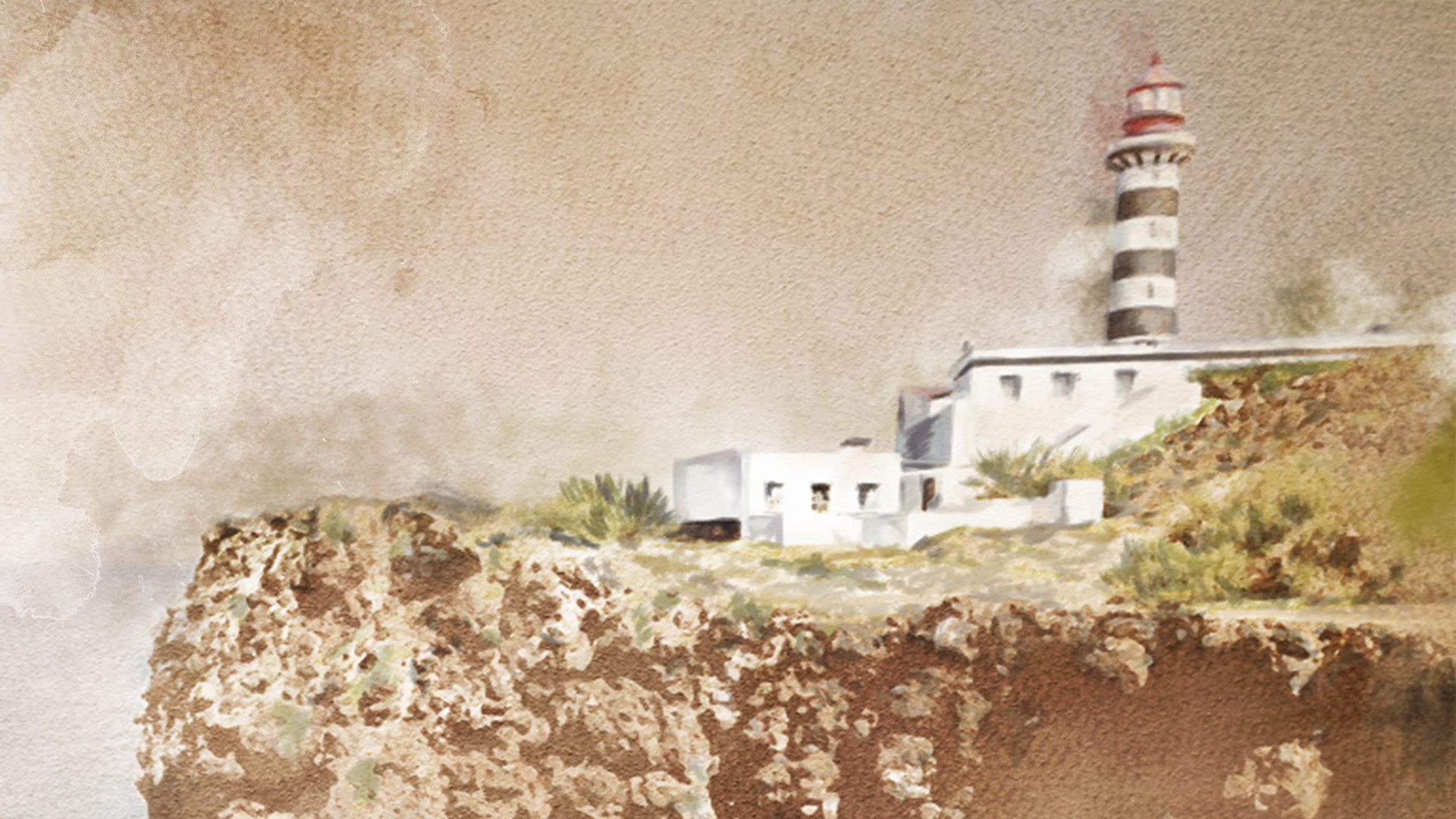Located in the extreme northwest of the Central Group of the Azores archipelago, Graciosa Island stands out for its peacefulness and natural beauty. Part of the Central Group of the Azores archipelago, together with the islands of São Jorge, Terceira, Faial, and Pico, Graciosa is the second smallest island of the Azores, with an area of approximately 60 km², consisting only of the municipality of Santa Cruz da Graciosa.
It has a temperate oceanic climate, with low rainfall, and displays a whitish hue, also related to its white houses and its geomorphological characteristics. This fact has earned it the epithet “White Island”, attributed by Raul Brandão in his book “As Ilhas Desconhecidas.”.
With a population of only 4,300 inhabitants, mainly concentrated in the town of Santa Cruz da Graciosa, the island was shaken by two migratory waves, the first at the beginning of the 19th century, particularly directed towards Brazil, and the second in the middle of the 20th century, to the United States.
Although its exploration had begun two decades earlier, it was settled in the 1470s by Vasco Gil Sodré. Due to the low altitude of its maritime coast, but also due to its northern position, the island of Graciosa was beset by attacks from corsairs and pirates during the 16th and 17th centuries, leading to the construction of various fortifications in its territory.
Combining the green of its landscape with the whiteness of its villages, Graciosa displays a particular natural beauty, maintaining a significant dimension of rurality, and is marked by agricultural activity, as well as livestock farming and the production of dairy products. Benefiting from great fertility, associated with its flatness and low altitude, Graciosa stands out in the production of melon and garlic, but mainly for the production of liqueur wines, being a demarcated region.
Due to its unique natural and cultural characteristics, namely its volcanological heritage, which includes volcanic cavities, lava caves, and caves, the island was integrated in the UNESCO World Network of Biosphere Reserves in 2007.
Graciosa Island
